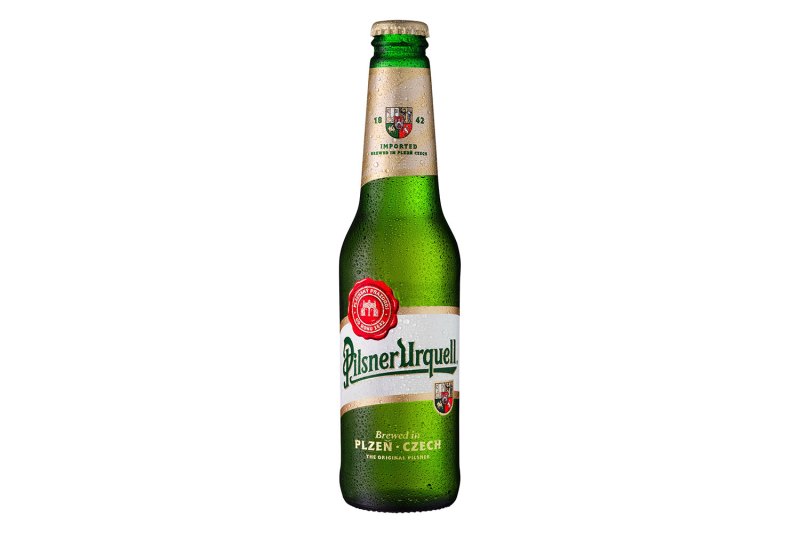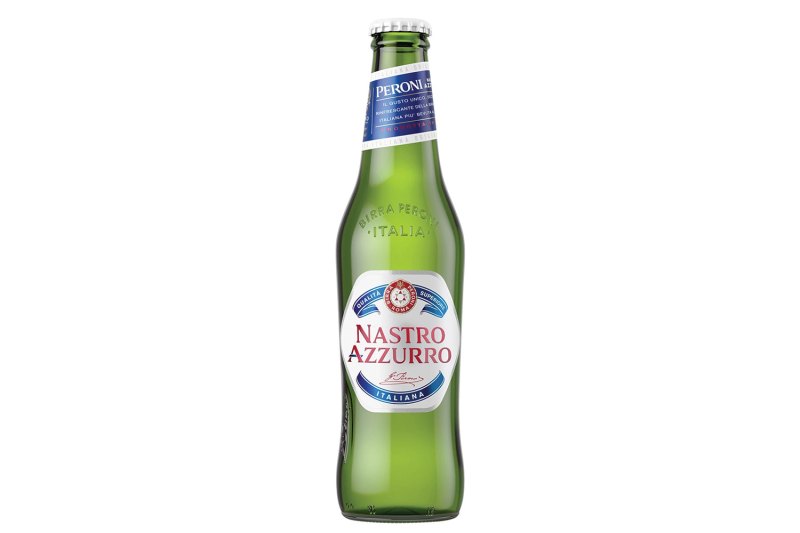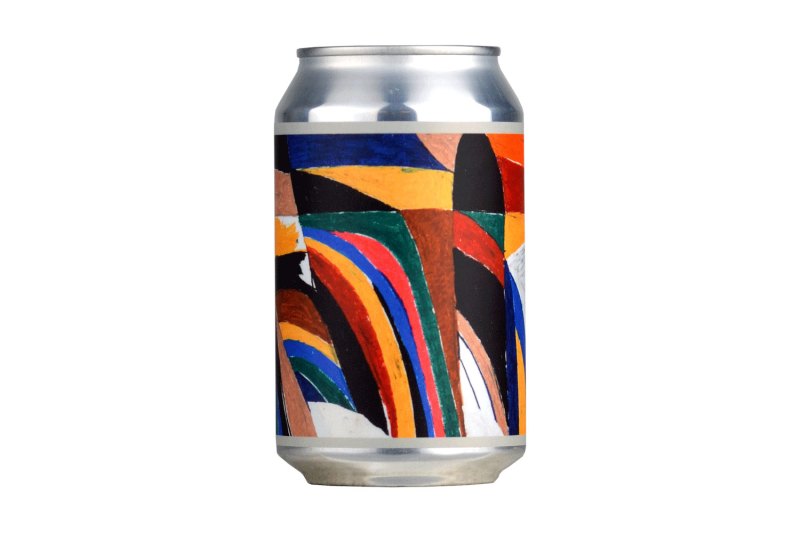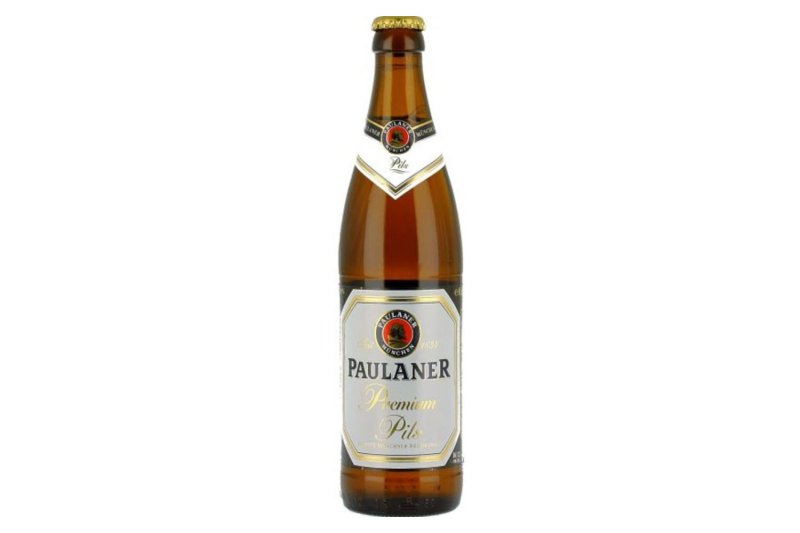No continent does a pilsner quite like Europe. It’s far from shocking, given that the beer style was invented there, but even the slouchiest efforts from nations like Germany, the Czech Republic, and Italy are damn tasty.
Don’t get me wrong, there are some fine American pilsners. It’s just that beer, like so many things in this country, is relatively young. As such, the craft sector is often more eager to impress by way of experimentation than master an age-old category. Hence, the continued dominance of the European pilsner.
Why so good? European pilsners tend to have a remarkable cleanness about them, with equal smacks of freshness and crispness. They’re balanced, refreshing, and do well with just about anything, from pub fries to pizza. These straw-hued wonders show amazing clarity and often deliver flavors and fragrances like sweet bread, with subtle citrus, spice, and herbal notes. Many describe the style as a brewer’s beer due to its inability to hide flaws and tendency to possess a relatively quiet brand of complexity.
There are a few different versions of note. The German pilsner is probably the most popular, showing a lighter color in the glass and often being a bit less hoppy. The Bohemian style is slightly darker and shows a little more bitterness, generally speaking.
There are many worth checking out, readily available in most U.S. markets and shining examples of what can only be described as a longstanding European dynasty. Prost!
Pilsner Urquell

A classic that dates back to the mid-19th century, Pilsner Urquell is the globe’s first commercial pale lager. Made with the popular Saaz variety of Bohemian hops, it shows a pretty mix of biscuit, earth, hay, and light minty flavors (I’ve always detected a certain flavor in this beer that reminds of Aquafresh toothpaste and I mean that as a compliment). After a few satellite brewing operations over the last couple of decades, the iconic brewery has returned to its roots and only makes the beer from its Pilsen headquarters.
Peroni Nastro Azzurro

One of Italy’s preeminent pilsners, Peroni is wonderfully crisp and downright gulp-able. The beer has been a staple along the Mediterranean for generations, the kind of thing you have in hand during a hot afternoon along the Amalfi Coast. The brewery launched in the mid-1800s in the Lombardy region and has since expanded to another brewery in Rome. The beer has a flash-like quality to it, far from lasting but providing a neat bolt of tremendously balanced flavor. And it now comes in an adorable can for improved portability and beach-friendliness.
Rothaus Pils Tannen Zäpfle

This German pilsner has a touch of honey-like sweetness, the perfect amount of carbonation, and subtle citrus qualities. The label is worth the purchase alone but the beer more than delivers. There’s a nice kick of hops and it behaves like a beer made with incredibly pure water, even showing a little bit of minerality.
O/O Ekta Pils

A German-style pilsner out of Scandinavia, this beer is mouthwateringly tasty. The Swedish brew touts floral aromatics, a nice frothy heady, and a nice mix of herbal notes and a touch of caramel. It’s a mild but satisfying pilsner with a tidy hit of maltiness.
Paulaner

The Paulaner pilsner out of Munich is a shining example of restraint. Crafted by a brewery with a heritage that dates back to 1634, the beer is a nice mix of grain, grass, and cracker flavors. The hop bill provides a grassy element while the overall mouthfeel is clean and fresh. Overall, it’s pretty minimal on the palate but therein lies its deceptive beauty.


